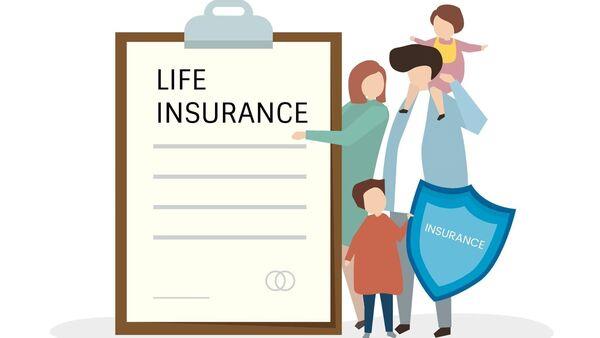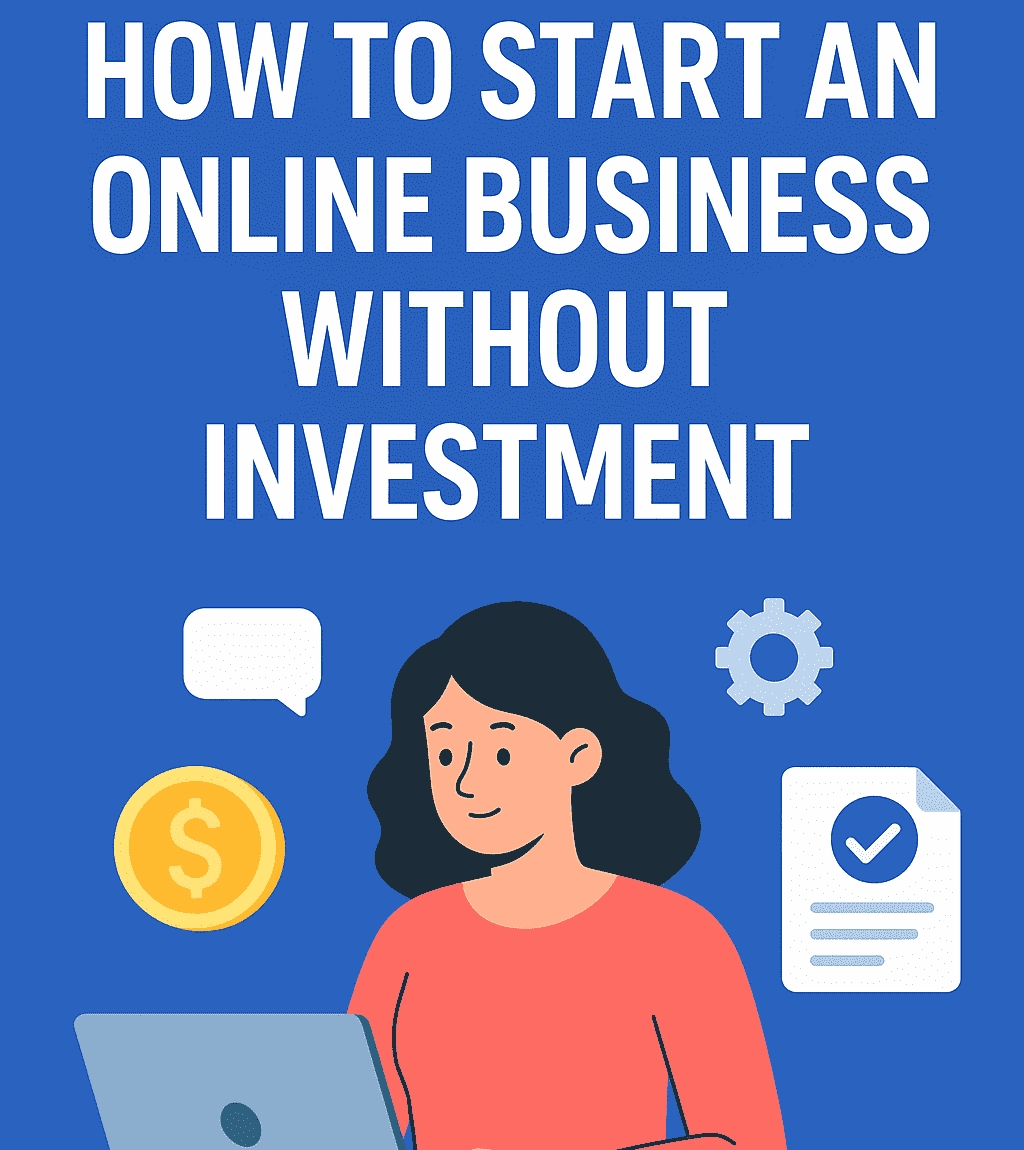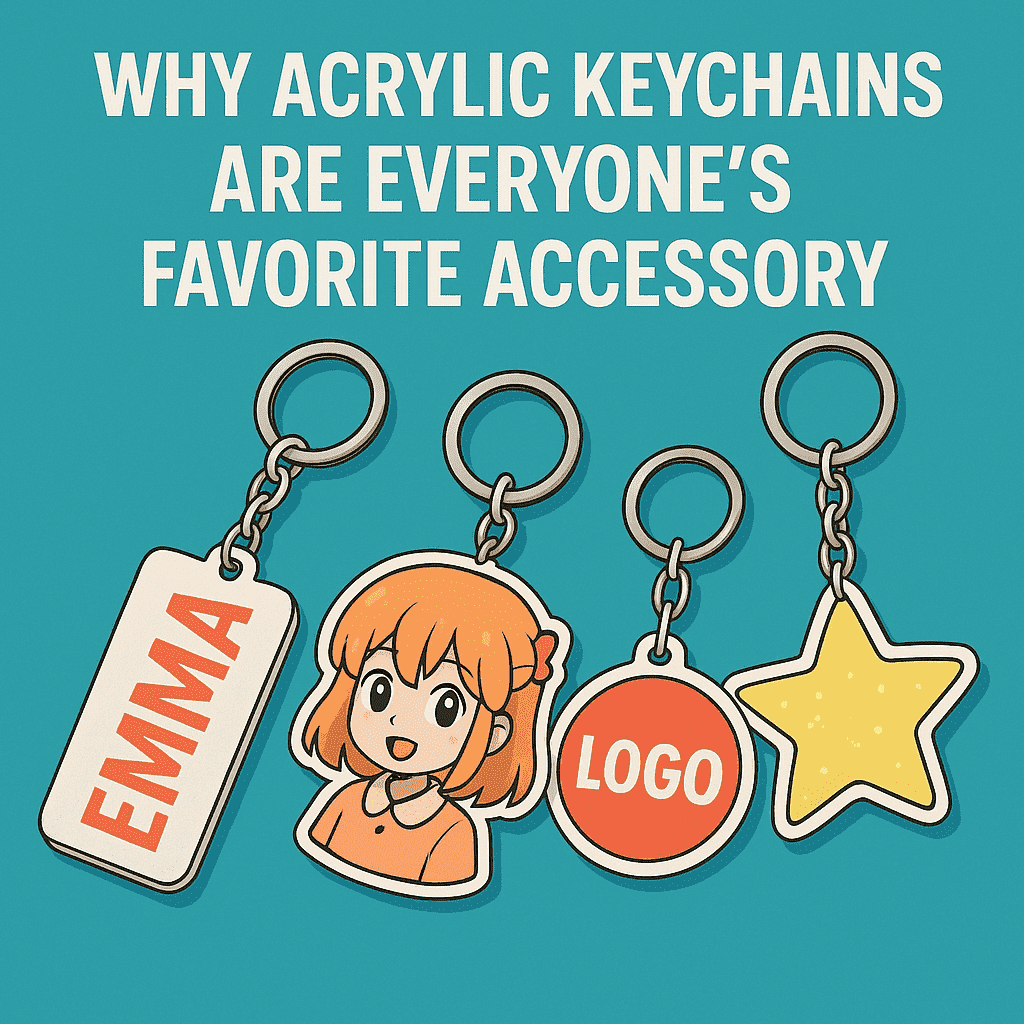Choosing a life insurance policy is one of the most important financial decisions individuals make during their lifetime. It reflects long-term planning, safeguarding, and security for their loved ones in the event of life’s uncertainties. But buying the right policy involves considering a wide range of factors. From understanding what the policy covers to ensuring it meets individual needs, this article describes the most crucial factors that define life insurance decisions.
What is a Life Insurance Policy?
Life insurance is an agreement between a company and a policyholder. In this agreement, the policyholder pays regular premiums, and in return, the insurer promises to pay a lump sum (called the death benefit) to the designated nominee if the policyholder passes away during the term of the policy.
While the basic idea is simple, the life insurance market offers a wide range of options. Policies differ in terms of type, coverage limit, premium structure, and riders-related benefits, which can vary immensely. Therefore, buyers need to be knowledgeable in making proper choices.
Why Do People Buy Life Insurance?
Before discussing matters that determine a purchase, it is crucial to recognise why individuals choose a life insurance policy at all:
- Financial protection for dependents
- Debt repayment security (housing loans, personal loans, etc.)
- Generation of wealth through investment-linked plans
- Tax benefits under Section 80C
- Peace of mind
Life insurance offers peace of mind and financial security to individuals who have dependents or family members who rely on their earnings.
Key Factors Influencing Life Insurance Choices
1. Life Stage and Responsibilities
The buyer’s life stage plays an important role in determining the type of life insurance policy one needs to have. An unmarried young adult may require only basic coverage, while a married person with children or elderly parents may require comprehensive coverage.
Life stages that typically cause the buying of life insurance are:
- Marriage
- Birth of a child
- Buying a home
- Starting a business
With each step, the financial obligations change, and thus, the coverage under the life insurance policy also needs to change accordingly.
2. Income and Affordability
The policy premium needs to be affordable in the long run. Insurance is a long-term policy, and if premiums are not paid, the policy can lapse, or benefits may be reduced. Premiums should not affect core living expenses or savings targets. In terms of cost, high-cover, low-premium policies are a much sought-after choice.
3. Sum Assured (Coverage Amount)
The sum assured refers to the amount paid to your nominee in the event of your untimely death. The ideal sum assured should:
- Minimum 10 to 15 years’ worth of annual salary
- Sufficient to cover loans and obligations
- Enough to continue the current lifestyle of your dependents
- Based on future goals like children’s education or marriage
Underinsurance will leave your dependents financially vulnerable, while overinsurance will lead to unnecessarily big premiums.
4. Policy Type
There are several categories of life insurance schemes:
- Term Plans – Pure protection policies with no maturity benefit
- Whole Life Plans – Insurance covering the entire life
- Endowment Plans – Both savings and insurance
- Unit-Linked Insurance Plans (ULIPs) – Both insurance and investment are linked to the market
- Child Plans – Planning for a financial future for the child
They are meant for a special purpose. For example, term plans are suited for protecting income, and ULIPs may be attractive for long-term investment.
5. Policy Tenure
Policy term selection holds key importance. It should ideally last until your financial obligations are fulfilled. For example, until your children become financially independent or attain retirement age. The short tenure may result in exposure to risk later in life, whereas a longer-tenured policy may burden you with unnecessary premium payments.
6. Health and Lifestyle
Disease, smoking history, alcohol consumption, and other lifestyles influence insurance premiums. Honest health disclosure is required, as false disclosures can lead to rejection of the claim. Healthy individuals receive lower premiums.
7. Add-ons and Riders
Most life insurance policies have add-on riders for additional protection. Some of the commonly used riders are:
- Critical illness cover
- Accidental death benefit
- Waiver of premium
- Income benefit rider
Riders charge higher premiums but offer higher coverage and increased protection for unforeseen incidents.
8. Claim Settlement Ratio
The claim settlement ratio is the proportion of claims settled by an insurer to the total claims received. A higher ratio indicates higher reliability. Always choose policies from insurers with a good claim settlement percentage and transparent processes.
9. Policy Features and Flexibility
Certain policies offer extra features like:
- Flexibility in premium payment (monthly, quarterly, annually)
- Policy renewal within a grace period
- Online management and tracking
- Conversion of term insurance to whole life insurance.
These choices bring convenience and ease to future policy management.
Mistakes to Avoid While Buying a Life Insurance Policy
- Buying without analysing needs: Choosing a policy based on hearsay or price factor without evaluating one’s financial goals.
- Blind pursuit of returns: Viewing life insurance as an investment instrument rather than as cover.
- Ignoring policy documents: Not carefully reviewing the policy conditions, exclusions, and terms.
- Procrastination in purchase: Waiting until later may increase premiums and reduce eligibility based on health problems.
Conclusion
A life insurance policy is not generally considered a one-size-fits-all product. It has to be chosen on the basis of one’s needs, financial goals, and lifestyle. The right policy will provide financial security to the insured’s loved ones during life’s toughest moments. Before buying, compare the plans, weigh your future responsibilities, and read the fine print very carefully. Being informed and deliberate about your life insurance purchase will provide you with lasting peace of mind and real value.












Leave a Reply